Gardening for Tough Northern and Southern Locations
Updated: Feb. 21, 2024
Living in the far north or south can make for tough growing conditions, but we've got tips for easy gardening in these tricky spots.
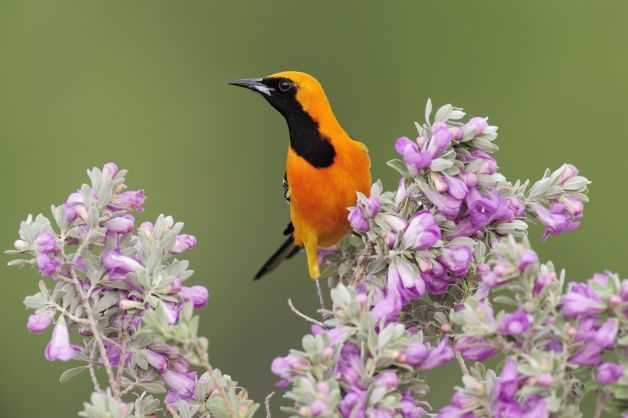
No matter what zone they live in, gardeners face limitations on what will grow in their backyards, especially in the extreme climates of the far North and South. Fortunately, there are lots of plants that are weather warriors—tough and resilient in even the most challenging climates. These are plants Northern and Southern gardeners rely on.
But if you live in a moderate climate, you too can glean some helpful information here. After all, plants that thrive in tough growing conditions could become your favorites, too.
Editor’s Note: Soil type, rainfall, day length, wind, humidity, heat and microclimates within a growing area all play a role in determining what will grow in your yard. Contact your local extension service to find plants specifically suited to your growing conditions.
Gardening in the North
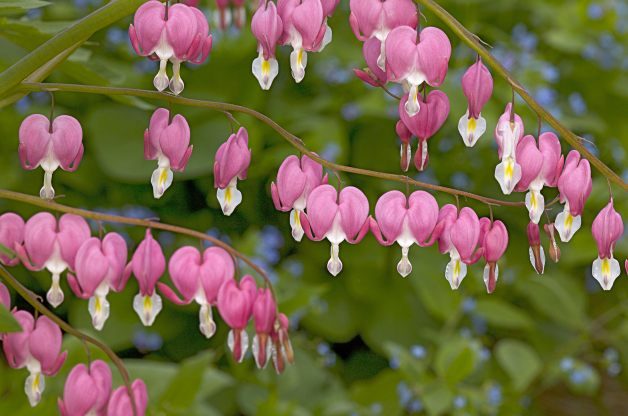
Unexpected frosts and short growing seasons (sometimes only a month or two) stack the odds against gardeners in the far northern regions. Susan Littlefield of the National Gardening Association says the secret to gardening in a cold climate is picking the hardiest perennials. For a long-lived perennial that blooms in late spring or early summer, Susan suggests peonies (Paeonia hybrids). There are many cultivars to choose from in shades of white, red or pink, with single, double or semi-double flowers.
Another reliable perennial is bleeding heart (Dicentra spectabilis). This longtime garden favorite produces arching sprays of heart-shaped pink flowers in spring. Brenda Harvieux of Northern Gardener, the Minnesota State Horticultural Society’s magazine, suggests a few other perennials beloved by gardeners in the far northern reaches of the state. “Bee balm (Monarda didyma), balloon flower (Platycodon grandiflorus) and Siberian iris (Iris sibirica) are a few perennials that are tough enough for Northern gardens,” Brenda says.
Northern Trees and Shrubs
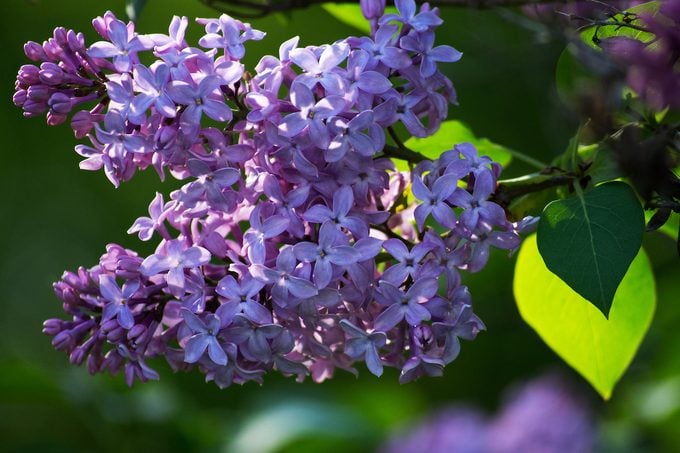
If you long for a delightful deciduous tree in the North, Susan suggests planting a paper birch (Betula papyrifera). This very hardy tree does best in areas with long winters and short, cool summers. Cultivars like Snowy, Prairie Dream and Renaissance are more tolerant of heat and bronze birch borers.
If you’re interested in a conifer for your Northern garden, consider a Colorado spruce (Picea pungens). Hardy and more drought-tolerant than other spruces when established, it’s well-adapted to conditions in the western United States. Fat Albert, a dwarf cultivar, tops out at about 15 feet tall. Colorado blue spruce (P. pungens f. glauca) is a popular larger form with very blue needles.
Looking for a standout shrub? Northern gardeners rave about PeeGee hydrangea (Hydrangea paniculata ‘Grandiflora’). In mid- to late summer, this impressive deciduous shrub produces large heads of white flowers that take on a pink tinge as they age. It is very hardy and long-lived.
For a sweet-smelling shrub, try a French lilac (Syringa vulgaris), a tough, old-fashioned favorite prized for its fragrant flower heads. There are many cultivars to choose from. Monge has dark purple flowers; Edith Clavell has white. These are large shrubs (8 to 12 feet at maturity), but a newer hybrid, Tinkerbelle (Syringa ‘Bailbelle’), is hardy to Zone 3 and grows 5 to 6 feet tall.
Easy Gardening in the South
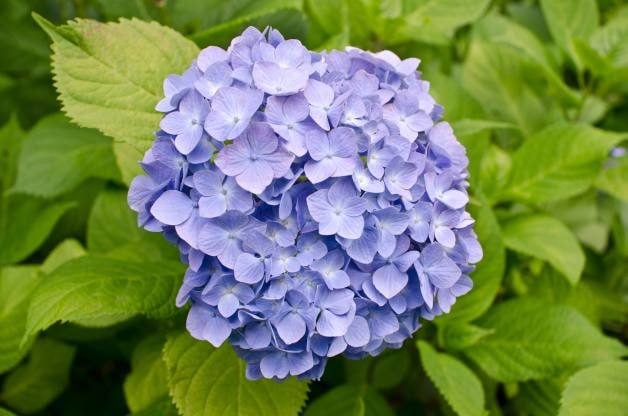
In the South, gardeners need a different strategy. Here, they must find plants that can survive sweltering temperatures, summer droughts and unpredictable winters. “In the realm of perennials, we grow roses and Stokes’ asters, iris, daylilies and daffodils,” says Nellie Neal, who blogs at gardenmama.com and gardens in the Deep South. “In my garden, I can’t live without hellebores, especially Lenten rose, or Indian pinks (Spigelia marilandica). Both bloom for weeks if not months and between them, the shade garden is a done deal.”
Horticulturist Noelle Johnson gardens in the Arizona desert. Yes, we said she gardens in the desert. “Cacti aren’t the only plants that grow in the desert,” she says. “So do beautiful flowering plants.” Without a doubt, her favorite perennial is Firecracker penstemon (Penstemon eatonii). “In late winter, spikes appear, covered with orange-red tubular flowers,” Noelle says. “Hummingbirds come in droves to drink the nectar.
“Another favorite that I recommend is purple lilac vine (Hardenbergia violacea). Lilac-shaped flowers appear in February and last for four to six weeks. The rest of the year, the vine is covered in beautiful dark-green leaves. It needs a trellis for support, although I have grown it as a ground cover as well. The flowers are non-fragrant, but I really don’t mind because they appear in winter in my Zone 9a garden.”
And while she’s not a huge fan of cactus, Noelle does love all types of agave, especially artichoke agave. “It grows to 3 feet by 3 feet and does well in full sun with very little water,” she says.
Southern Trees and Shrubs
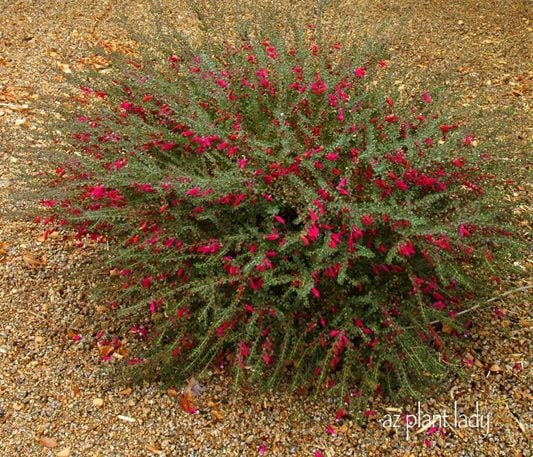
In the South, native and exotic plants get nearly equal attention. Southerners are happy to plant both new releases and the classics. Native oak trees are as popular as crape myrtles. “These summer-flowering trees are among the truly well-behaved exotics,” Nellie says. Summer is not complete without the vase-shaped thickets of Abelia x grandiflora loaded with pink and white nectar-filled trumpets. The smaller, variegated Kaleidoscope abelia is equally popular.
In the South, hydrangeas signal the arrival of warm weather. “We wait for the big flush of hydrangea flowers (Hydrangea macrophylla) to tell us summer is upon us, like Northern gardeners wait for crocus to herald spring,” Nellie says.
In the arid Southwest, Noelle sings the praises of valentine bush (Eremophila maculata), a stunning shrub that produces long red blooms from December to April. The bloom period peaks in February, hence its name. Valentine bush is very easy to grow and thrives in hot, reflected sun. Noelle also suggests Green Cloud Texas sage (Leucophyllum frutescens). Flushes of purple flowers appear on this large shrub off and on throughout summer and fall, often in response to humidity from the heavy summer rains.
Reader’s Regional Plant Picks
We asked readers to share their go-to North and South favorites. Here’s what they said:
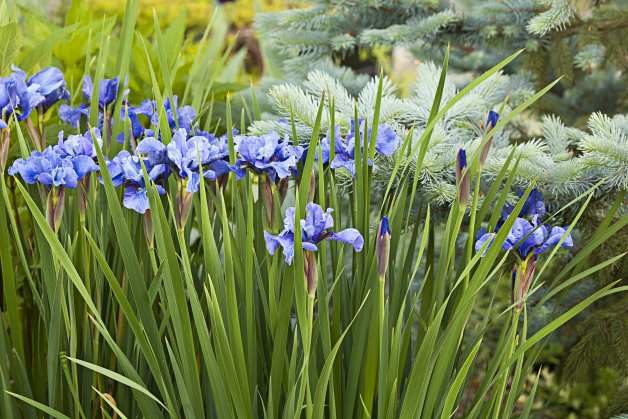
- “Here in the South, I plant lantana. It comes in many colors, and the hotter the weather, the better. It’s drought-tolerant and provides strong color,” says Becky Wooley, Austin, Texas.
- “Butterfly bush and rosemary both bloom from spring until winter,” says Pamela Dawson, Heber Springs, Arkansas.
- “Autumn Joy sedum is my winning pick for the North. It never fails to provide a great show year after year, no matter what kind of winter we have,” says Sue DeFrancis, Bloomfield Hills, Michigan.
- “I love viburnums. They face cold winters with brute force and come through with bright blooms in spring. Then they provide a nutritious berry crop for the birds in fall. It’s a win-win!” says Dianna Kerr, Derry, Pennsylvania.
- “Here in Georgia, native plants that attract birds and wildlife do best. They withstand the mild weather. Purple coneflower, beautyberry and redbud trees are all great,” says Amber Mooney, Powder Springs, Georgia.
- “Rhododendrons and dahlias do very well up here!” says Phyllis O’Neill Keating Mississauga, Ontario.
